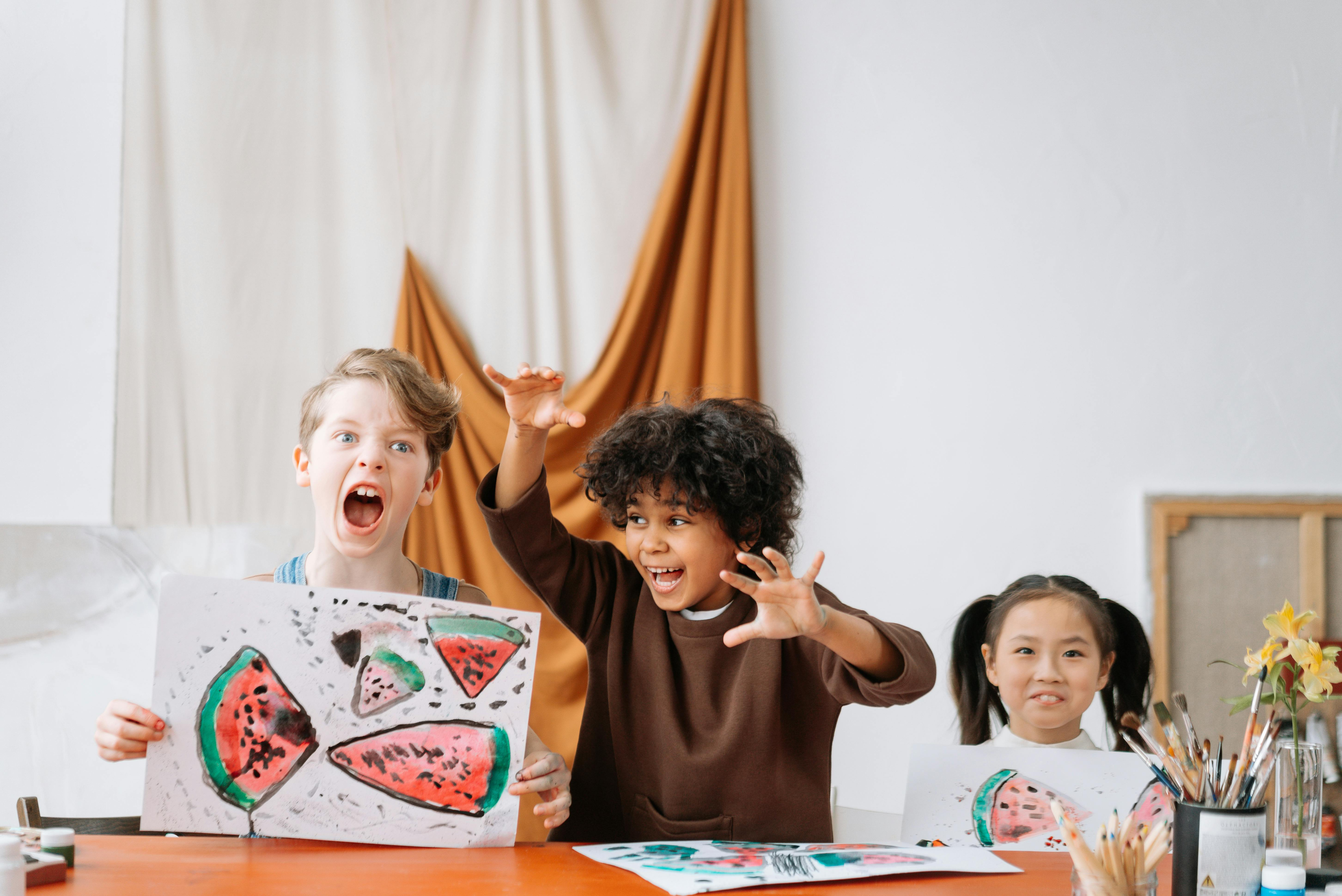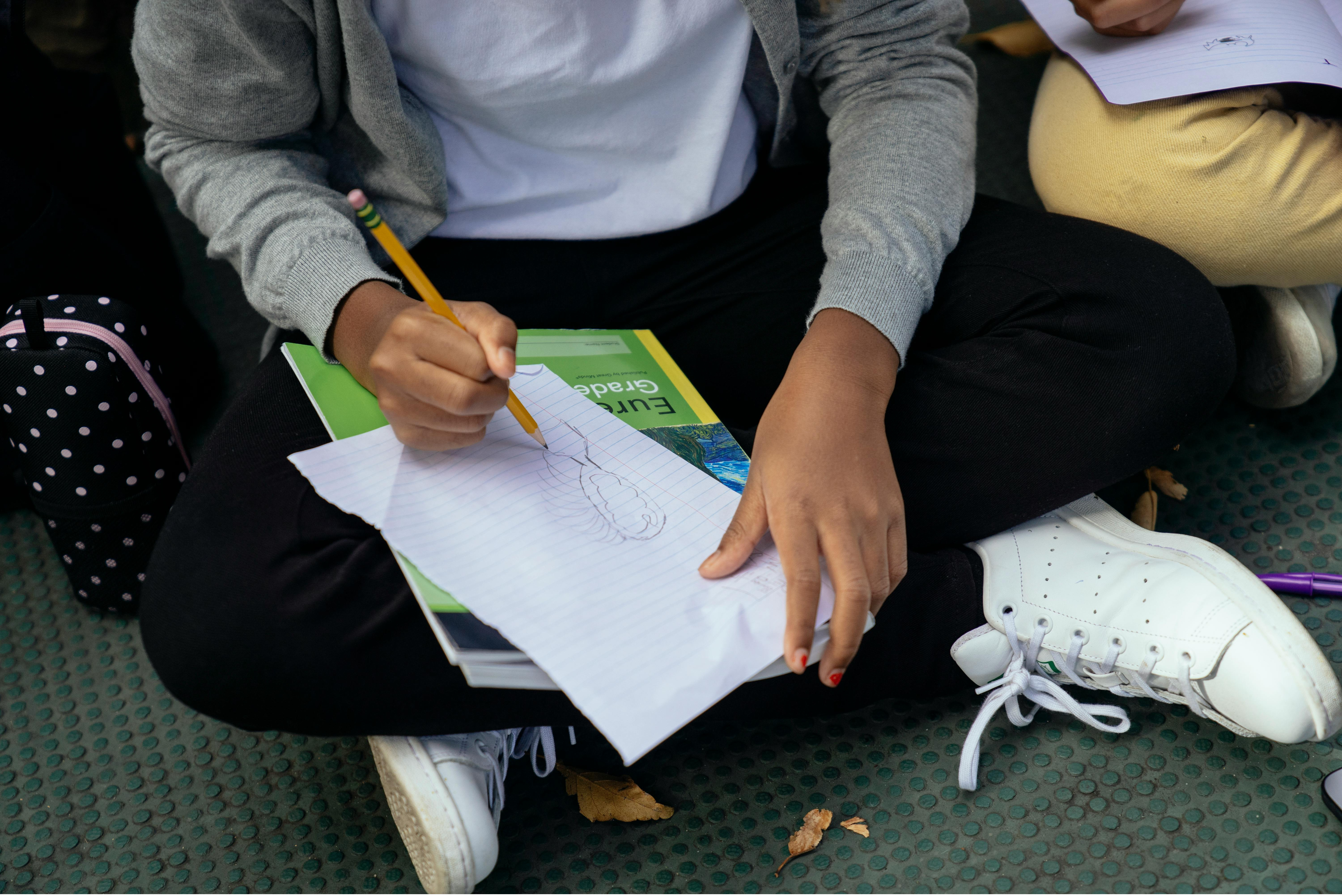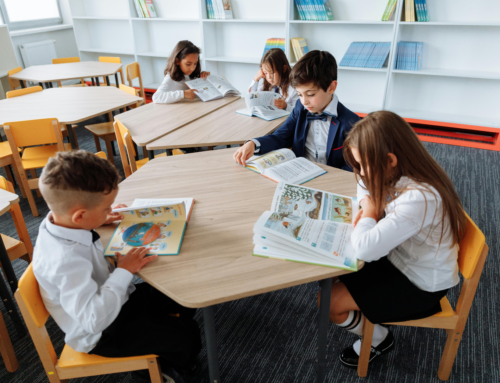When helping children learn a second language, parents and educators often focus on traditional methods–classes, flashcards, and grammar exercises. While these approaches are helpful, they can sometimes lack the engagement and real-world application that makes language learning more natural and enjoyable.
One of the most effective, yet often overlooked, ways to enhance language learning is through extracurricular activities. Whether it’s dance, martial arts, or something even more niche, these activities create dynamic opportunities for children to practice and internalize a new language. In some instances, these activities even introduce them to target-language vocabulary without them knowing. Today, KaiBan will explore how extracurricular activities can reinforce your at-home language lessons and help children strengthen their second language in fun and meaningful ways.
What is The Connection Between Extracurricular Activities and New Languages?
Before diving into specific activities, let’s look at why extracurriculars in general are so effective for language learning. First, these activities often combine multiple senses—listening, seeing, speaking, and moving—which makes the brain more receptive to absorbing new information.
Research shows that when children engage in activities that are multimodal (involving different senses), they are more likely to retain information. Additionally, these activities provide real-life contexts in which children can practice new vocabulary and language structures, which is critical for long-term retention.
Moreover, extracurricular activities are typically social experiences. This means that children have to communicate, collaborate, and interact with peers and instructors, offering ample opportunities to practice their language skills in a natural and meaningful way.
What Activities are helpful with Language Learning?
- Dance
Dance is an excellent example of how movement and language can go hand in hand. When children participate in dance classes, they often have to follow verbal instructions, which helps them build listening skills and comprehend action-related vocabulary. Particularly, the dance genre, ballet, introduces children to French terminology. Most ballet positions and movements have French names. Whether they’re learning how to “plié” (fold) or “jeté” (a jump with a trajectory other than vertical), children are exposed to another language in a real, contextual way. A way that does not feel like a language class.
Additionally, many dance forms are culturally specific, offering an immersive experience into the traditions, music, and language of different cultures. Flamenco, for example, provides children an entryway into Spanish language and culture. Traditional African or Indian dance forms also introduce them to new linguistic and cultural experiences.
2. Martial Arts
Martial arts classes are not only about physical fitness and self-defense—they are also a fantastic way to introduce your little learner to the language and culture behind the art. Many martial arts programs use the language of the country from which the martial art originated. In karate, children may learn Japanese words such as “sensei” (teacher) or “dojo” (training place), while taekwondo introduces Korean language, and Brazilian jiu-jitsu involves Portuguese.
These classes promote discipline, focus, and repetition—qualities that are also essential for language learning. The constant reinforcement of key vocabulary words in a focused environment helps children internalize new words and concepts. Additionally, martial arts are rooted in respect for other cultures, encouraging an appreciation for global perspectives—something that naturally complements second language acquisition.
What if my child isn’t interested in activities that are mostly physical?
3. Culinary Classes
A Tasty Way to Learn Language, cooking is a hands-on activity, with less physical involvement, that can significantly support language learning. In a culinary class, children not only learn how to prepare meals but they also pick up vocabulary related to ingredients, cooking techniques, and kitchen tools. This kind of practical learning makes vocabulary words meaningful and memorable. If your little learner doesn’t engage well with flashcards, then they may be more likely to remember the French word for “potato” (pomme de terre) when they have prepared a dish using it!
Won’t all those vocabulary words from various languages confuse my child?
Many culinary classes focus on the cuisine of specific countries, such as Italian, Japanese, or Mexican cooking. Through these classes, children are introduced to cultural traditions and, in many cases, the language associated with the cuisine they are learning. A French pastry class, for instance, could provide the perfect setting for children to practice their French while learning to make croissants or éclairs.
4. Cinema Classes
Cinema and film-making classes offer children a visual and auditory medium through which they can engage with language. Whether they are watching films in the target language or creating their own “montage” (assembly), this activity helps children develop both listening and speaking skills. Watching films exposes children to authentic language use, accents, and cultural contexts, making the language learning experience more dynamic.
When children create their own films, they also have the opportunity to script dialogue, narrate stories, and present their work—something that can all be accomplished in the target language, depending on your little learner’s language level. This type of project-based learning not only improves language proficiency but it also fosters creativity and critical thinking, which are essential for language mastery.
5. Anime
Anime, a popular form of Japanese animation, has become an incredibly effective tool for children learning Japanese. Watching anime exposes children to everyday spoken Japanese, including informal and colloquial language that might not be covered in traditional language lessons. Subtitles provide additional support, helping your little learner connect spoken words with their written forms.
Anime’s cultural significance also offers children insights into Japanese customs, social norms, and traditions, further deepening their language-learning experience. Fans of anime often seek to understand the original Japanese dialogue, which motivates them to actively study the language. In this way, anime acts as both a motivator and a learning resource for children passionate about Japanese culture.
My child is a bit more intellectual… Are there activities that support language learning for children who love to learn ANYTHING??
6. Coding Courses
At first glance, coding may seem unrelated to language learning, but it actually shares many similarities with the process of acquiring a new language. Both coding and language learning involve syntax, structure, patterns, and vocabulary. Coding teaches children to think logically and systematically, skills that are transferable to learning grammatical structures in a new language.
Additionally, many coding platforms are available in multiple languages. For example, children learning Spanish can follow coding tutorials in Spanish, helping them pick up technical vocabulary while building their coding skills. The global nature of technology means that coding often encourages collaboration across borders, where children may have opportunities to communicate with peers in other countries, using both coding languages and spoken languages.
7. Academic Games
Not a widely known or celebrated school activity, “Academic Games” is typically offered through your child’s school. It was created by the Academic Games League of America (AGLOA) and gamifies competitive intellectualism. “Academic Games” challenges students to use higher-order thinking skills in the subjects of Language Arts, English, History, and Mathematics. Players receive recognition and awards in the same way that sports champions are honored.
In particular, students who compete in the “LinguiSHTIK” division of “Academic Games” cultivate an extreme command of language arts in general. LinguiSHTIK challenges players to improve their grammar, vocabulary, spelling, and writing skills. Players learn to compose better sentences with proper grammar application. They also use richer vocabulary as they compete against others using the strategies available in this cube-based game.
The best part? Your little learner can grow into a big kid and still participate in this activity! Each level of competition introduces increasingly more difficult grammar concepts for players to use. Competitors are challenged to enhance their vocabulary and grammar skills in increasingly creative ways.
Players usually learn more from applying their knowledge in the competition than they do in their normal classroom studies–can you imagine how articulate your little learner can become if exposed to this activity as a supplemental support to language lessons?
At the core of all extracurricular activities is the social aspect. These activities provide your little learner with the opportunity to interact with peers and instructors in a relaxed, real-world setting. Whether it’s collaborating on a group dance routine, discussing a scene in a cinema class, or working together on a coding project, social interaction is a crucial component of language learning.
Through these interactions, children learn to communicate in the target language in various contexts, helping them develop fluency and confidence. They also practice listening and speaking skills in a dynamic environment, making language learning feel more natural and less like a classroom exercise. Supplementing your at-home language lessons with extra-curricular activities also gives parents a break to strengthen skills, plan future lessons, or simply relax!
Extracurricular activities provide children with multimodal learning opportunities that engage their senses, promote social interaction, and create meaningful connections between language and culture. By incorporating these activities into your child’s routine, you can help them strengthen their language skills in a fun, engaging, and effective way.
For more tips and a strong support system on your family’s language learning journey, sign up for our mailing list.






